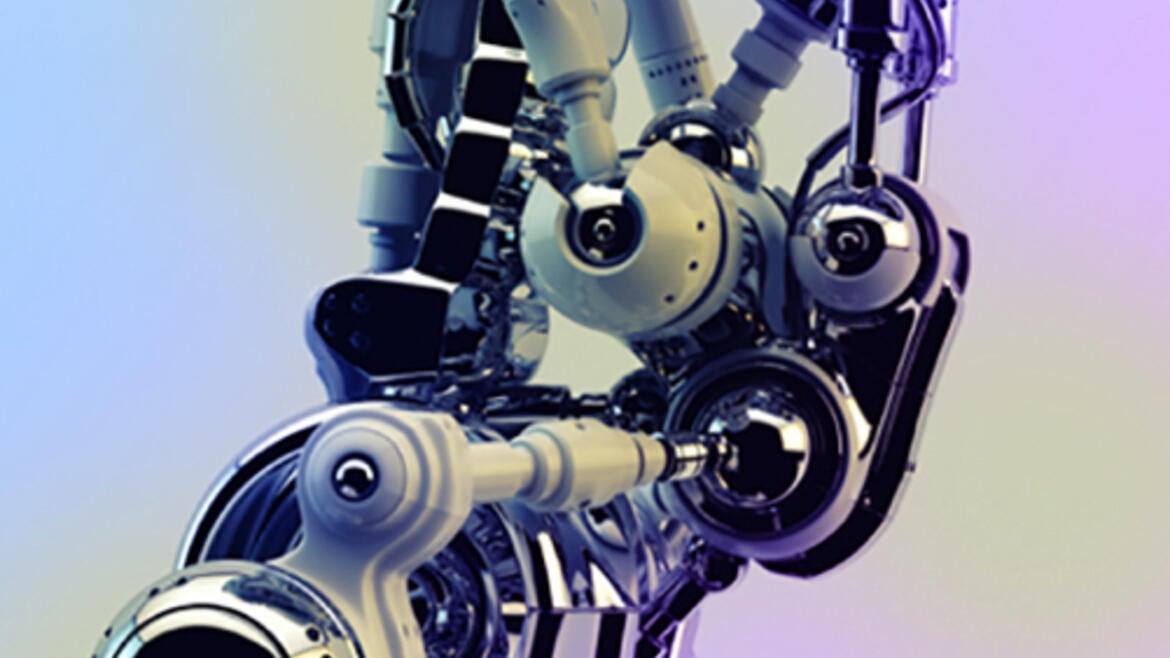Colloquium: Davil Garcia and Jaimie Stewart

Electric Current Induced Coercivity Change in Co/Pd Multilayer Thin Films
Davil Garcia, Ph.D. Student
In this work, we present the experimental results on the effect of electric current-induced diffusion leading to change in ferromagnetic behavior of Co/Pd multilayer thin films. We applied high-density direct current to a Co/Pd multilayer specimen in ambient conditions. The composition of the specimens is Ta (1nm) / [Co (0.35 nm) / Pd (0.55nm)] 20. We observed an almost 3 times change in coercivity and an improved squarness of the thin films using magneto-optic Kerr effect measurement. Magnetic force microscope (MFM) studies further validates an increase in coercivity for the current-treated thin films. We experimentally observe that this change cannot be attributed to only to Joule heating due to electric current. We propose that the underlying mechanism for the observed behavior is electromigration induced diffusion along the grain boundaries and the thin film surface which results in the permanent change in coercivity.
Davil Garcia received his B.S. in Material Science and Engineering from the University of California, Riverside in 2011. He is currently a Ph.D candidate in the MSE program at the University of California, Riverside, under the supervision of Dr. Sandeep Kumar. His research interests include in-situ TEM characterization of magnetic thin films and MTJ materials.
Importing Methods from DNA Nanostructure Assembly to RNA Nanostructure Assembly
Jaimie Stewart, Ph.D. Student
RNA nanotechnology is an emerging field, with applications ranging from drug delivery to novel biomaterial development. RNA exhibits a rich spectrum of structural and functional motifs, which have been exploited to build a variety of nanostructures. Current methods of RNA nanostructure assembly use non-arbitrary sequenced motifs such as kissing loops found in nature, and generally rely on single stranded elements. These methods put constraints on the acceptable sequence design and limit the possibility of dynamically rearranging the assemblies. I will present our results in building RNA nanotubes that assemble from multi-stranded tiles by exclusive Watson-Crick base pairing. We obtain correct assemblies both with purified RNA, and with a one-pot co-transcriptional protocol. We also present preliminary data on RNA nanostructures functionalized with small interfering RNAs (siRNA) that target Green Fluorescent Protein (GFP).
Jaimie Marie Stewart is 2013 GEM Fellow and Ph.D. student at the University of California, Riverside in the Bioengineering department, advised by Dr. Elisa Franco. Jaimie works on designing dynamic, multi-stranded RNA nanostructures. Jaimie received her Bachelor of Science Degree in Bioengineering with an emphasis on cellular and tissue engineering from the University of Illinois at Chicago in 2013 .